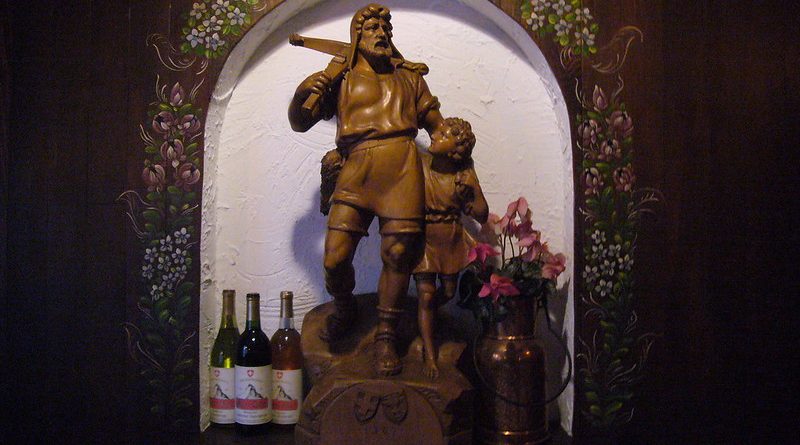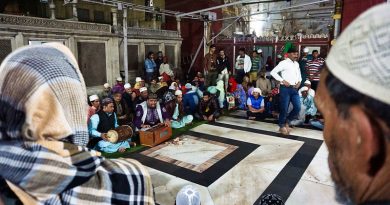The Legend of William Tell
In a centre town square in Interlaken a heroic bronze figure, a stern, sturdy, bearded man in homespun clothes, crossbow over his shoulder, stands with his arm around a barefooted boy. This is William Tell, the man who, under duress, supposedly shot his arrow through an apple on his son’s head.
Tell was an expert mountain climber and marksman with a crossbow. His heroics took place at about the same time that the three original cantons of Schwyz, Unterwalden and Uri formed the Confœderatio Helvetica in 1291 that led to the creation of current day Switzerland.
In the Interlaken town square those many years ago, a bailiff called Albrecht Gessler, agent of the Hapsburg duke of Austria, placed a Hapsburg hat on a pole and, to the blare of trumpets, announced that all passers by must uncover their heads before it. But William Tell of Uri kept his hat on his head. He was promptly dragged before Gessler, who ordered an apple placed on the head of Tell’s son and told the farmer that if he failed to shoot it off with a single arrow at a distance of 120 paces, both he and the boy would be put to death.
Tell paced off the distance, loaded and aimed his crossbow, shot his arrow, and the apple fell. “Your life is now safe,” Gessler said to him, “but kindly tell me why I saw you putting a second arrow inside your jacket?”
“If my first arrow had killed my son,” Tell answered, “I would have shot the second at you, and I would not have missed.”
Enraged, Gessler ordered Tell bound, carried down to LakeLucerne and thrown on a boat that would take him to a dungeon in the grim castle of Küssnacht. There, he declared, “You will never more see sun or moon.”
But, so the story goes, Tell escaped and eventually assassinated Gessler. Tell’s defiance encouraged the population to open rebellion and a pact formed was against the foreign rulers. Tell is considered the father of the Swiss Confederacy.




